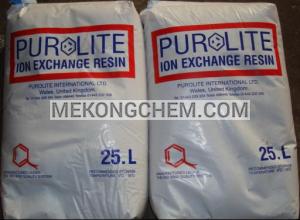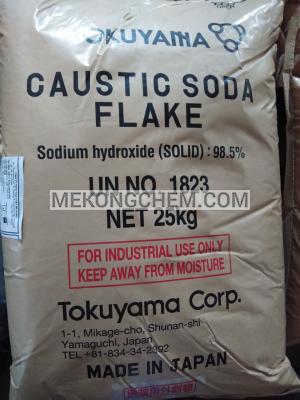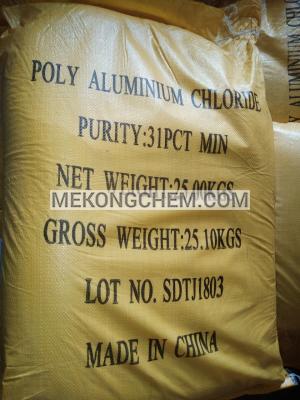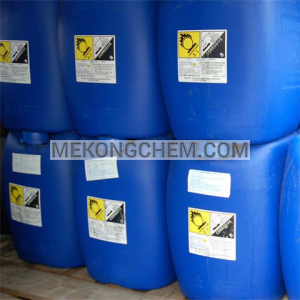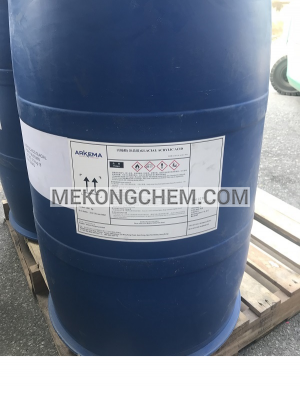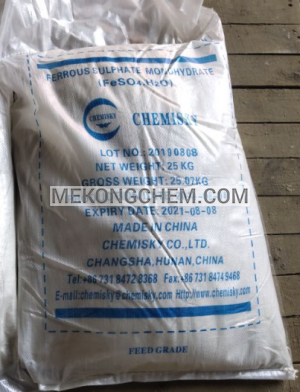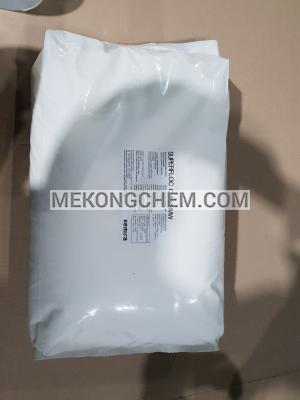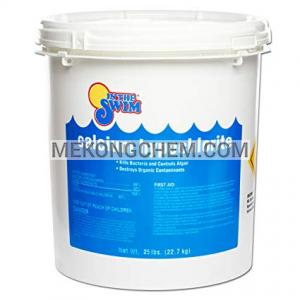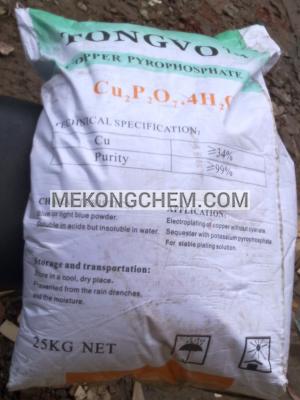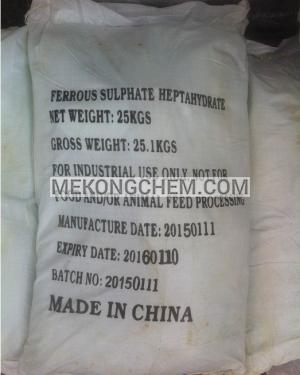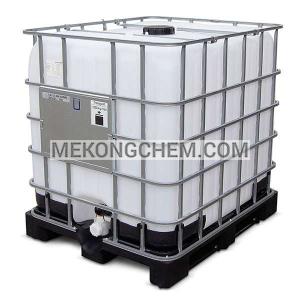Exchange Ion Resin
| FORMULA | : | An insoluble matrix |
| ORIGIN | : | Wales-United kingdom |
| PACKING | : | 25kg/bao |
| APPLICATION | : | Used in the process of water extraction and treatment |
Short description
1. International name: Exchange Ion Resin 2. Packing specifications: 25 kg / bag 3. Origin: Wales-United kingdom 4. An ion-exchange resin or ion-exchange polymer is a resin or polymer that acts as a medium for ion exchange. It is an insoluble matrix (or support structure) normally in the form of small (0.25–0.5 mm radius) microbeads, usually white or yellowish, fabricated from an organicpolymer substrate. The beads are typically porous, providing a large surface area on and inside them. The trapping of ions occurs along with the accompanying release of other ions, and thus the process is called ion exchange. There are multiple types of ion-exchange resin. Most commercial resins are made of polystyrene sulfonate. 5. Applications: Water softening: In this application, ion-exchange resins are used to replace the magnesium and calcium ions found in hard water with sodium ions. When the resin is fresh, it contains sodium ions at its active sites. When in contact with a solution containing magnesium and calcium ions (but a low concentration of sodium ions), the magnesium and calcium ions preferentially migrate out of solution to the active sites on the resin, being replaced in solution by sodium ions. This process reaches equilibrium with a much lower concentration of magnesium and calcium ions in solution than was started with. Water purification: In this application, ion-exchange resins are used to remove poisonous (e.g. copper) and heavy-metal (e.g. lead or cadmium) ions from solution, replacing them with more innocuous ions, such as sodium and potassium. Ion-exchange processes are used to separate and purify metals, including separating uranium from plutonium and other actinides, including thorium; and lanthanum, neodymium, ytterbium, samarium, lutetium, from each other and the other lanthanides. There are two series of rare-earth metals, the lanthanides and the actinides.1. International name: Exchange Ion Resin
2. Packing specifications: 25 kg / bag
3. Origin: Wales-United kingdom
4. An ion-exchange resin or ion-exchange polymer is a resin or polymer that acts as a medium for ion exchange. It is an insoluble matrix (or support structure) normally in the form of small (0.25–0.5 mm radius) microbeads, usually white or yellowish, fabricated from an organicpolymer substrate. The beads are typically porous, providing a large surface area on and inside them. The trapping of ions occurs along with the accompanying release of other ions, and thus the process is called ion exchange. There are multiple types of ion-exchange resin. Most commercial resins are made of polystyrene sulfonate.
5. Applications:
- Water softening: In this application, ion-exchange resins are used to replace the magnesium and calcium ions found in hard water with sodium ions. When the resin is fresh, it contains sodium ions at its active sites. When in contact with a solution containing magnesium and calcium ions (but a low concentration of sodium ions), the magnesium and calcium ions preferentially migrate out of solution to the active sites on the resin, being replaced in solution by sodium ions. This process reaches equilibrium with a much lower concentration of magnesium and calcium ions in solution than was started with.
- Water purification: In this application, ion-exchange resins are used to remove poisonous (e.g. copper) and heavy-metal (e.g. lead or cadmium) ions from solution, replacing them with more innocuous ions, such as sodium and potassium.
- Ion-exchange processes are used to separate and purify metals, including separating uranium from plutonium and other actinides, including thorium; and lanthanum, neodymium, ytterbium, samarium, lutetium, from each other and the other lanthanides. There are two series of rare-earth metals, the lanthanides and the actinides.





